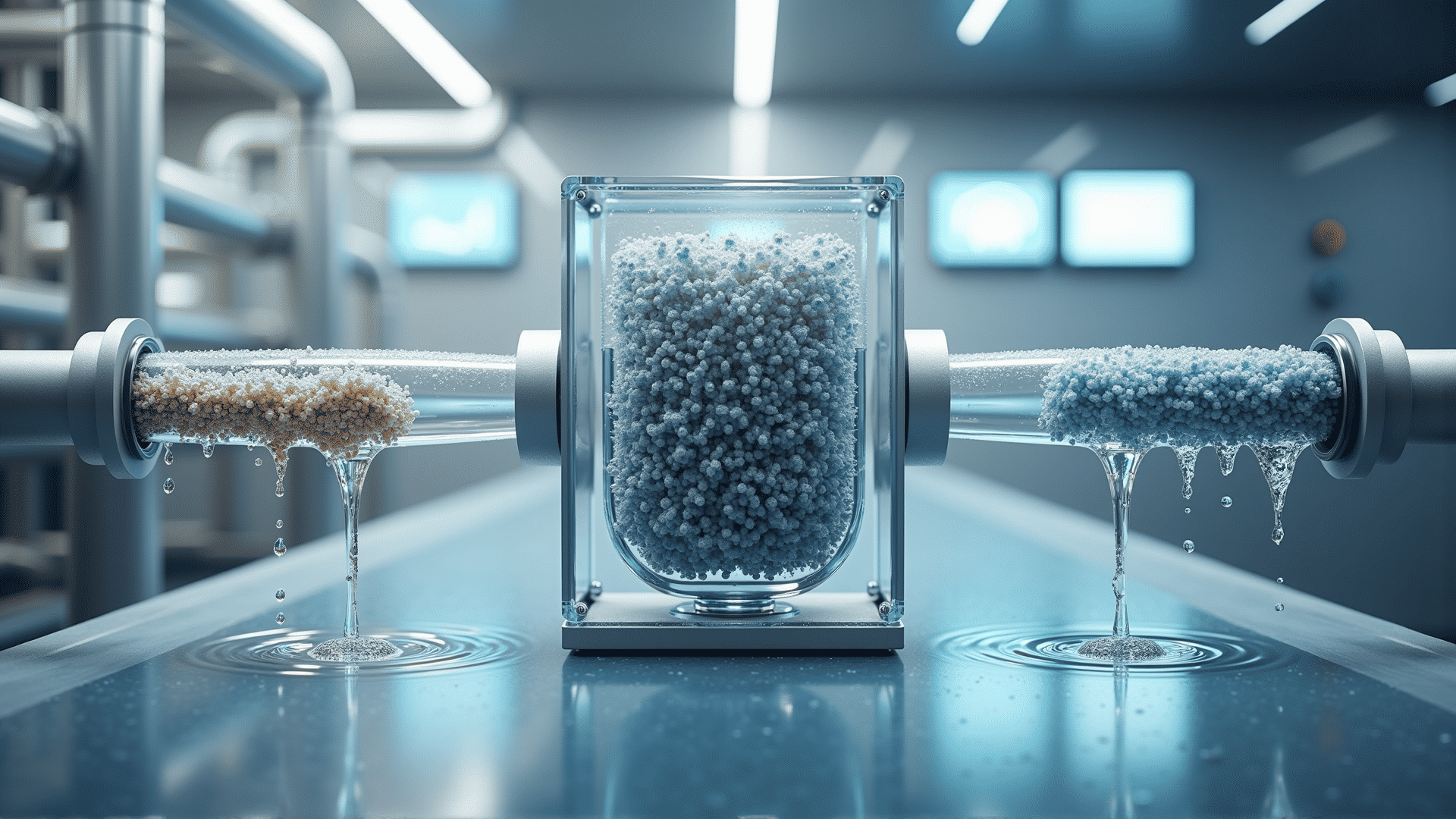Access to clean drinking water is a fundamental human right, yet millions around the world still struggle to obtain it. The traditional water purification methods, such as filtration, chlorination, or ultraviolet treatment, have served humanity for decades but often fall short when applied on a global scale or dealing with emerging contaminants. Fortunately, advancements in nanotechnology are heralding a new era in water purification, offering promising solutions to this enduring challenge.
Nanotechnology involves manipulating materials at the atomic or molecular scale, typically between 1 and 100 nanometers. At this scale, materials often exhibit extraordinary properties, such as increased reactivity, strength, electrical characteristics, and optical behaviors. When applied in water purification, these properties enhance the efficiency and effectiveness of removing contaminants, making nanotechnology a game changer in the field.
One major advancement in the realm of nanotechnology-enhanced water purification is the development of nano-filters. Unlike traditional filters, nano-filters can target particles as small as one nanometer, trapping not only bacteria and viruses but also potentially harmful heavy metals and organic pollutants. These filters are often made using graphene oxide, which is lauded for its porous structure and high surface area. This allows it to effectively capture and retain a wide spectrum of contaminants, ensuring that the filtered water is of much higher purity.
Another innovative application of nanotechnology is in the use of nanoparticles for contamination removal. Magnetic nanoparticles, for example, can be coated with chemicals designed to bind with specific contaminants. Once introduced to contaminated water, they seek out and attach to these pollutants. The nanoparticles, along with the bound contaminants, can then be easily removed from the water by applying a magnetic field. This method offers a rapid, scalable, and highly efficient way to clean water, with potential applications in large-scale water treatment facilities down to portable units for personal use.
Photocatalysis is yet another promising technique enhanced by nanotechnology. Some nanoparticles, like titanium dioxide, when exposed to ultraviolet light, produce highly reactive radicals. These radicals can efficiently degrade pollutants, including organic compounds and pathogens, into benign substances. Scientists are exploring ways to enhance this process using visible light, which is more abundant and makes the technique more energy-efficient and applicable in various environments.
The implications of these advancements are profound. By integrating nanotechnology into water purification, it becomes possible to address a wide array of water quality issues more effectively and at potentially lower costs compared to conventional methods. This has enormous potential for providing clean water in regions where resources and infrastructure are limited, thereby improving public health, boosting local economies, and enhancing overall quality of life.
However, as with any emerging technology, it is crucial to consider the potential environmental and health impacts of introducing nanomaterials into water systems. Regulatory bodies and researchers must work together to ensure that these technologies are not only effective but also safe for widespread use. Long-term studies on the environmental impact and human exposure are needed to fully understand the implications of these new technologies.
In conclusion, while challenges remain, the integration of nanotechnology into water purification systems stands as a promising solution to the global water crisis. By continuing to explore and innovate in this field, humanity moves closer to achieving the goal of universal access to clean and safe drinking water, a goal that has far-reaching benefits for everyone on the planet.
